Naomi Neilson founded Native Trails in 1996 and for more than 25 years, the sustainable kitchen and bath manufacturer has collaborated with hundreds of highly-skilled artisans in places such as Mexico, California, Vietnam, and Italy. Naomi is one of the few female leaders in the sustainable kitchen and bathroom industry, an industry that is heavily reliant on female consumers. In 2019, the company earned its B Corp Certification, joining a community of leaders helping to drive a global movement of people using business as a force for good. The company’s Vintner’s Collection is made from reclaimed wine-making materials.
Tell me a little bit about your childhood, education, and background in terms of how you first became interested in creativity, design, and sustainability.
I grew up around the restoration of Craftsman and Victorian homes – my dad was the engineer and my stepmother the artist, so they complemented each other perfectly in their home restoration endeavors. I was inspired not only by the inherent grace of the classic structures but also by how thoughtful design and attention to detail could completely transform those aged homes even beyond their former glory. The outdoors was also a big part of my childhood, and I’ve always had a great respect for nature. Resourcefulness evolved into a stronger sense of sustainability and personal responsibility to protect our natural world.
How would you describe the Vintner’s Collection?
Giving reclaimed materials a second life has been a longstanding practice – and passion – for Native Trails. Our Vintner’s Collection reuses wine-making materials from the heart of California’s wine country. We reincarnate straight, flat wine-stained oak staves that were used to flavor wine during the fermenting process into elegant bath vanities and mirrors with a unique history. The oak staves are soaking for months at a time, which enriches the exceptional character and grain of the oak, and then is further enhanced and protected with a low VOC finish. The collection is offered in several finishes including Blanc – a versatile, go-to white, Grigio – a cool gray wash, Noir – an opaque black, and Chardonnay – a well-loved light blonde finish. The Vintner’s Collection is a great example of how we work creatively to lessen our impact on the environment by giving new life to materials that already exist, while creating products with aesthetic appeal, function, and durability.
What inspired the Vintner’s Collection?
Native Trails is surrounded by wineries, and during our never-ending search for sustainable materials for our products, we realized that these oak staves were typically incinerated or dumped after use in the winemaking process. It is a lot of work to clean them up but we found that the unique character of the wood makes it worthwhile, and it is work that we feel good about doing.
What waste (and other) materials are you using, how did you select those particular materials and how do you source them?
We started working with recycled copper with some incredibly skilled artisans in Mexico about 25 years ago. Our first kitchen and bath products were our hammered copper sinks, which are still made from 100% recycled copper. The copper is sourced from all over central Mexico in the form of old wires, pipes, and other scrap. It is melted down, purified, and turned into brick-sized ingots, which are flattened into sheets and then hand hammered, bent, welded, and formed into beautiful sinks and bathtubs. We also repurpose fencing and barn wood when old structures are torn down, and we turn them into our Americana Collection of bath vanities and mirrors. With farmland all around us, we found that by restoring the high-quality wood after it had served its initial purpose for many decades, we could eliminate waste, highlight the beautifully textured wood, and really create something special. Each finished piece has a rich history and truly a soulful presence.
When did you first become interested in using waste as raw material and what motivated this decision?
I do think it goes back to seeing my parents restoring old homes – they were resourceful by choice, and they had huge respect for well-made antiques and found items. They taught me to appreciate both historical objects and structures as well as to be conscious about resources. After starting Native Trails in 1996, I realized how much material is consumed in the fabrication of most items and I started searching out alternative ways to build our products.
What processes do the materials have to undergo to become the finished product?
Depending upon the finish, we often lay the oak staves to dry and lighten under direct sunlight. We pass each piece of wood by hand through a sander to remove any encrusted sugars and residue from the winemaking process. The finishing process is also a multi-step endeavor – a combination of stains, paints, and waxes. The process for all products ends with a low VOC finish for enhancement and protection.
What happens to your products at the end of their life – can they go back into the circular economy?
We believe these products will live much longer than any of us. Possibly the most critical part of sustainability is building products to last, so that is our goal. However, all of our products are recyclable or even candidates for repurposing.
How did you feel the first time you saw the transformation from waste material to product/prototype?
Absolutely ecstatic. Actually, that never really changes. It’s like a new family member being born – we really are emotionally connected to everything we make.
How have people reacted to this collection?
Very positively. I think we all need as much human connection as we can get, and these pieces truly have soul. And though made from reclaimed wood, their styling is very transitional, so they can soften and enhance just about any design style.
How do you feel opinions towards waste as a raw material are changing?
When we began, it was not yet in vogue to reclaim materials for furniture or other goods, and that has changed dramatically. Today, people are much more appreciative of the aesthetic and environmental value of repurposing materials. Yet, we have a long way to go. There is so much more that can be done.
What do you think the future holds for waste as a raw material?
I think that as our planet’s resources diminish, it will have to be seen as a necessity. I see the upcoming generation as much more progressive about creating systems to capture and repurpose used materials – there is a lot of hope with the youth who are growing up increasingly environmentally aware.


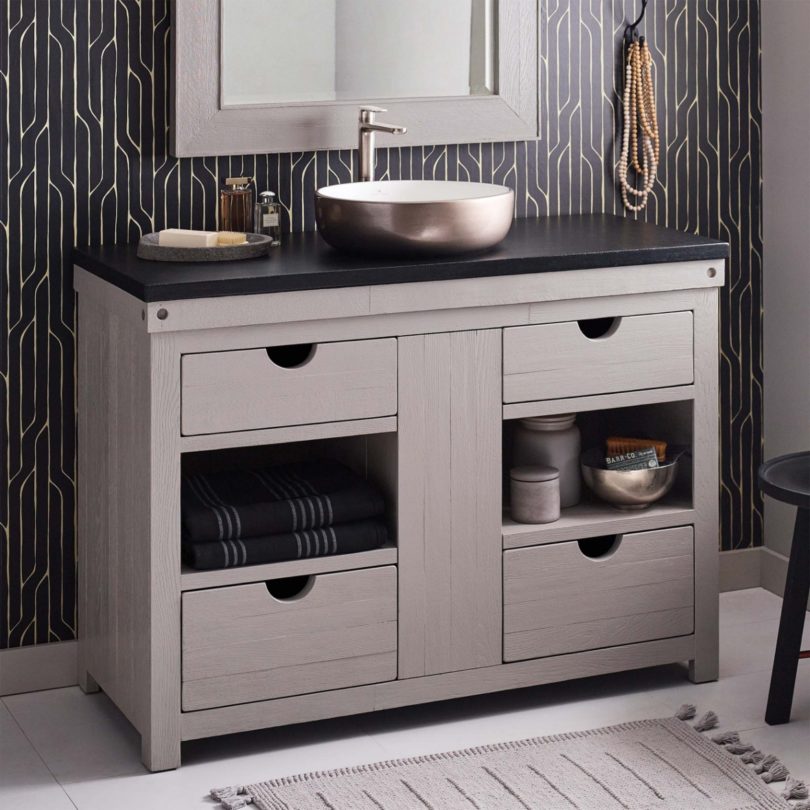
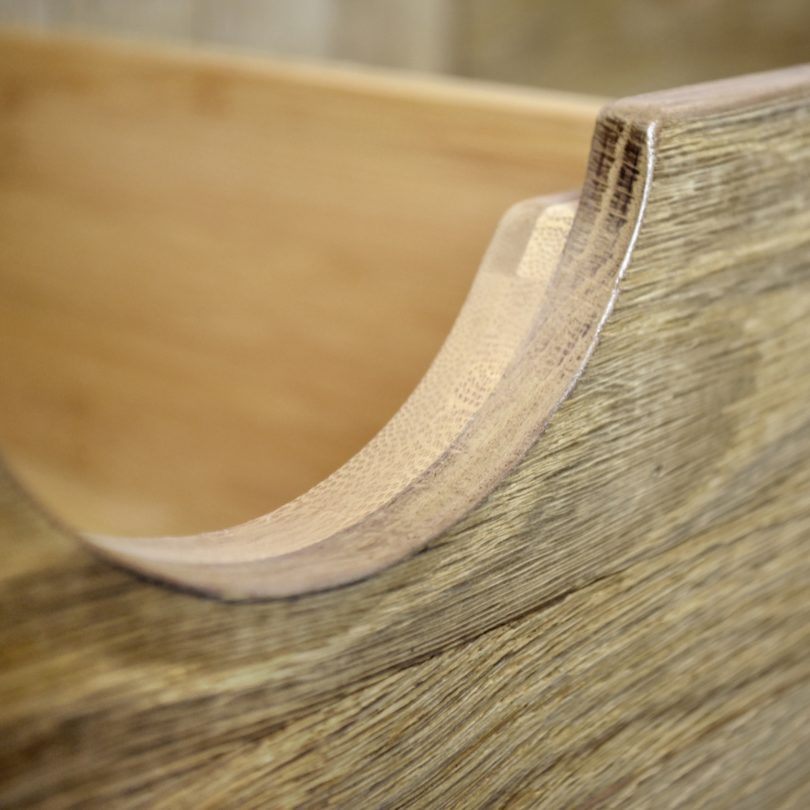
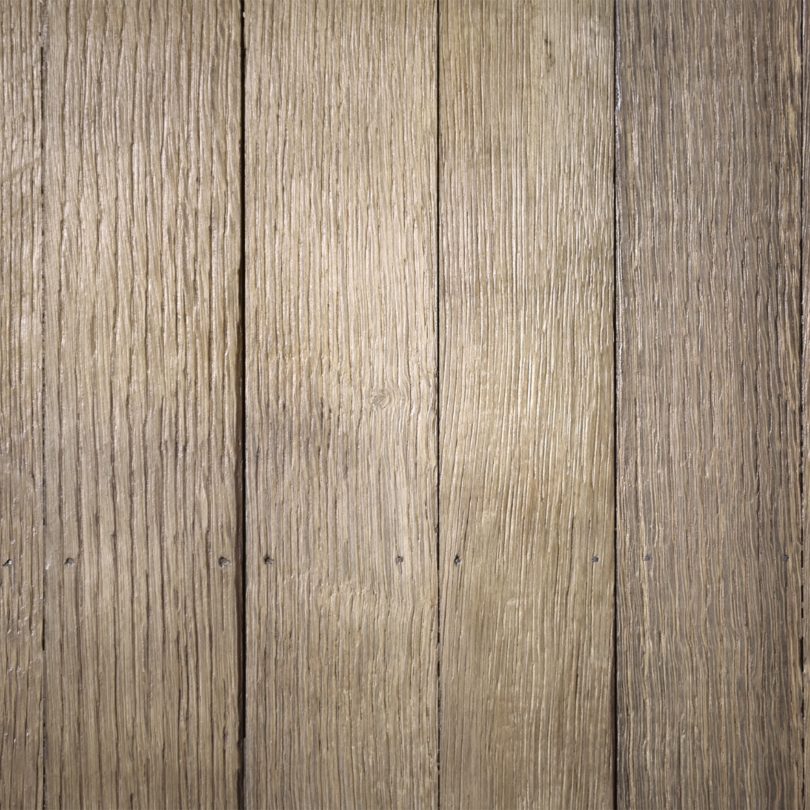
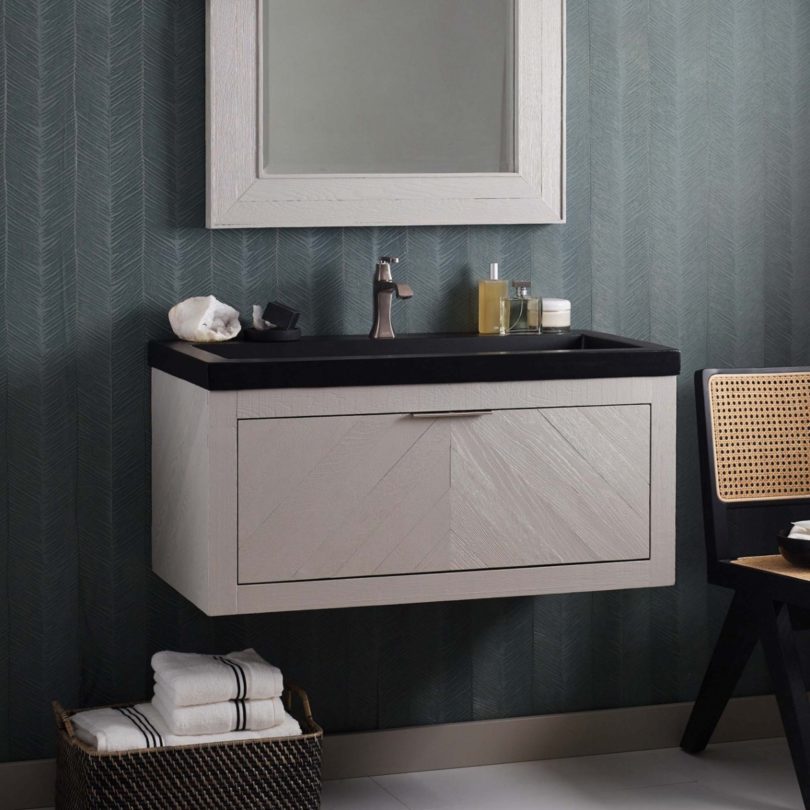
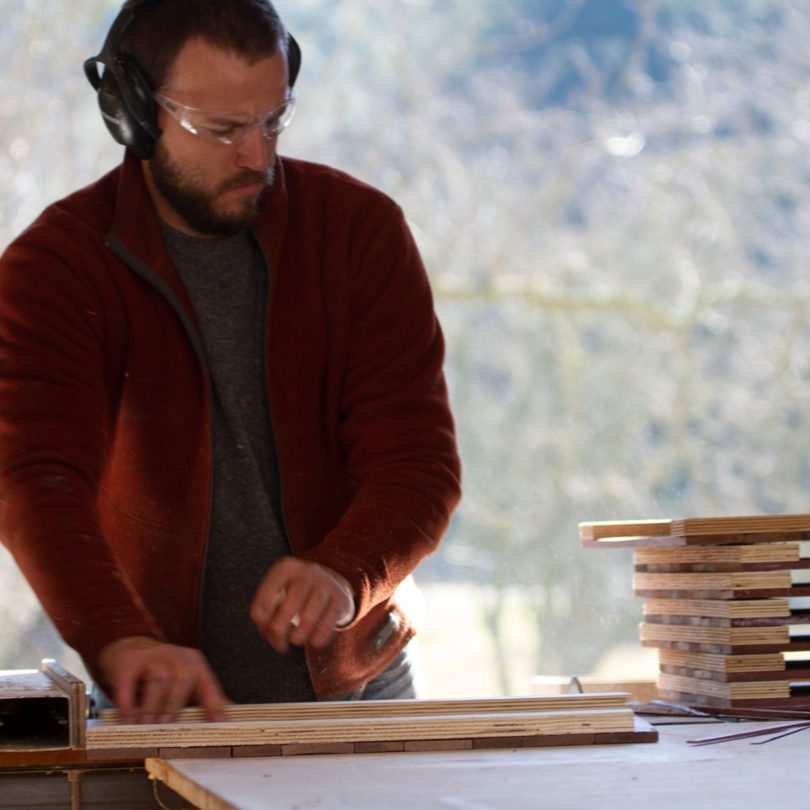
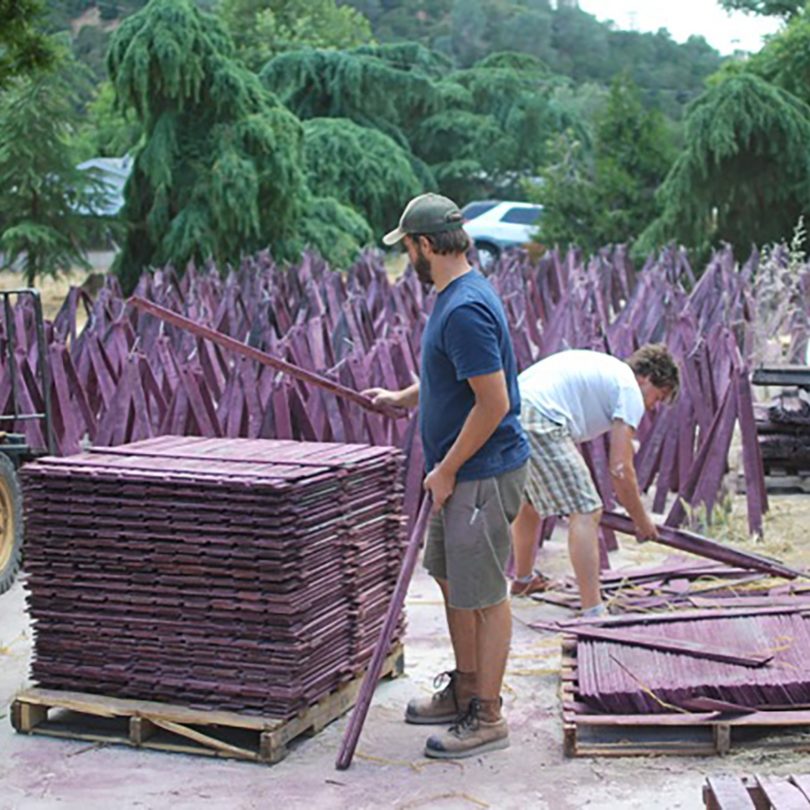
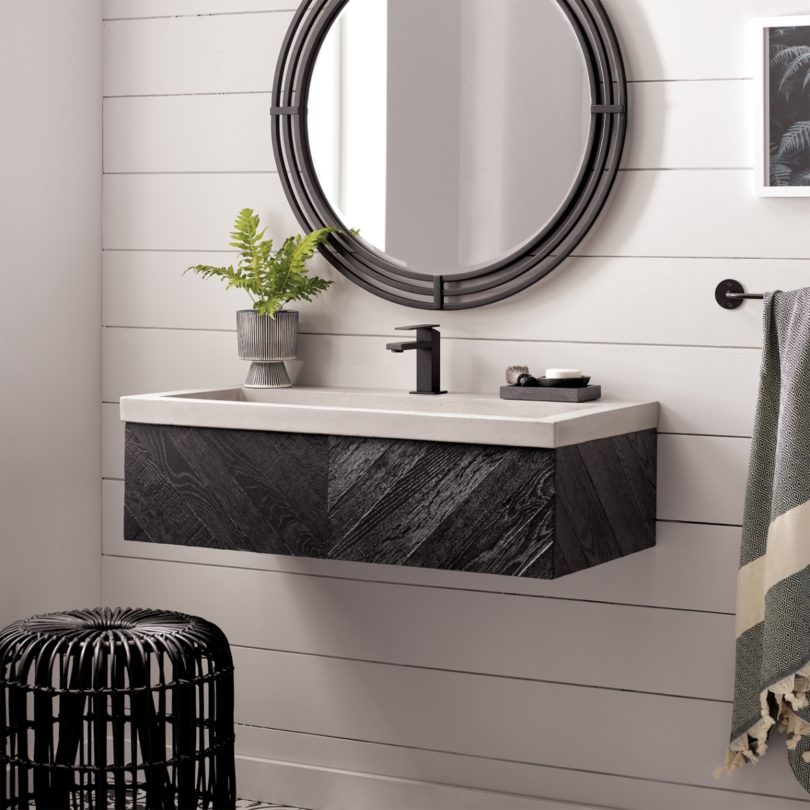
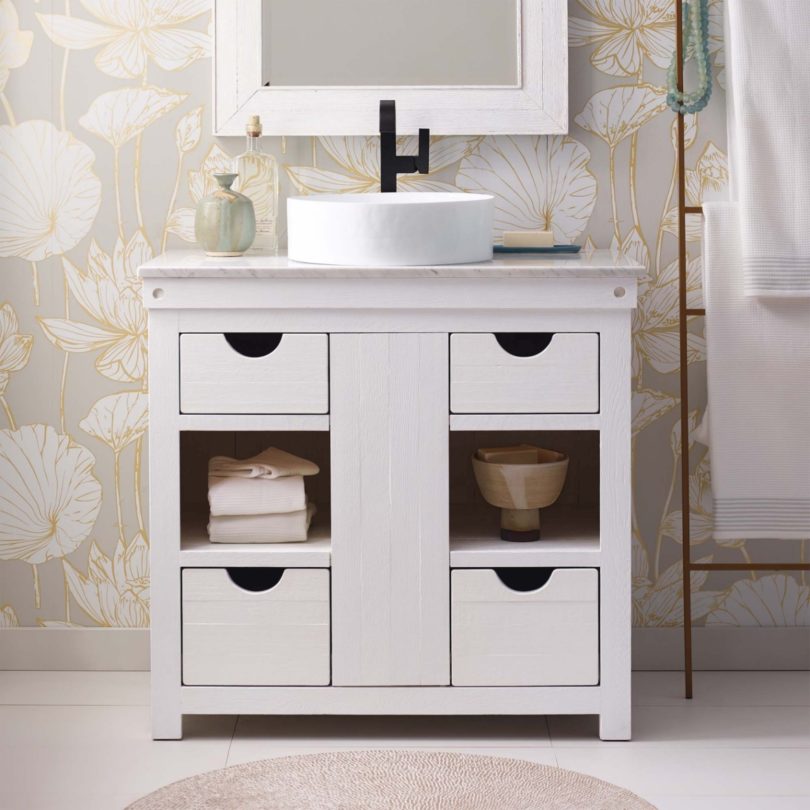
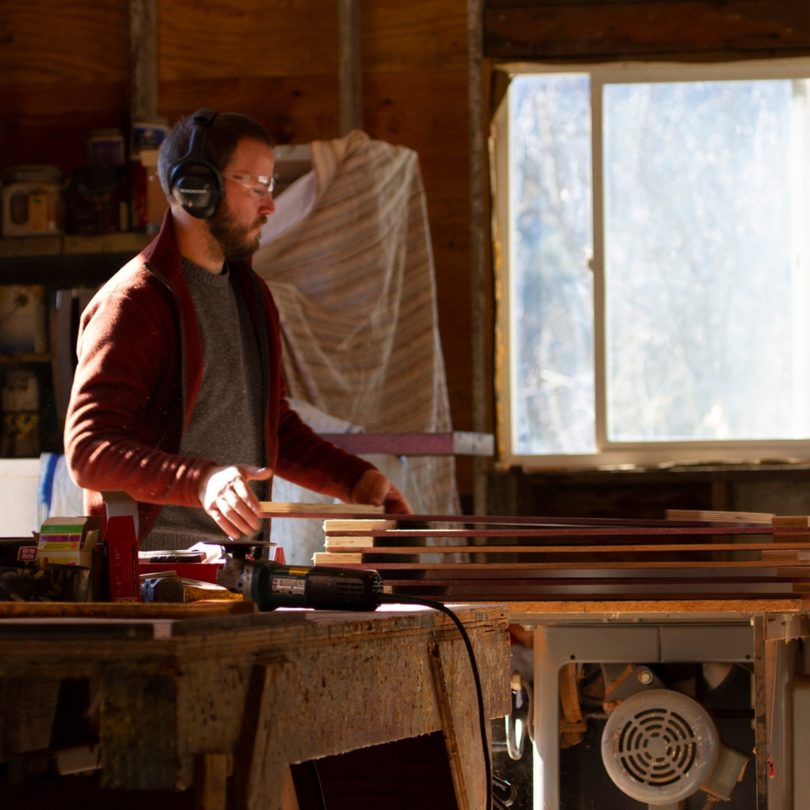


No comments:
Post a Comment